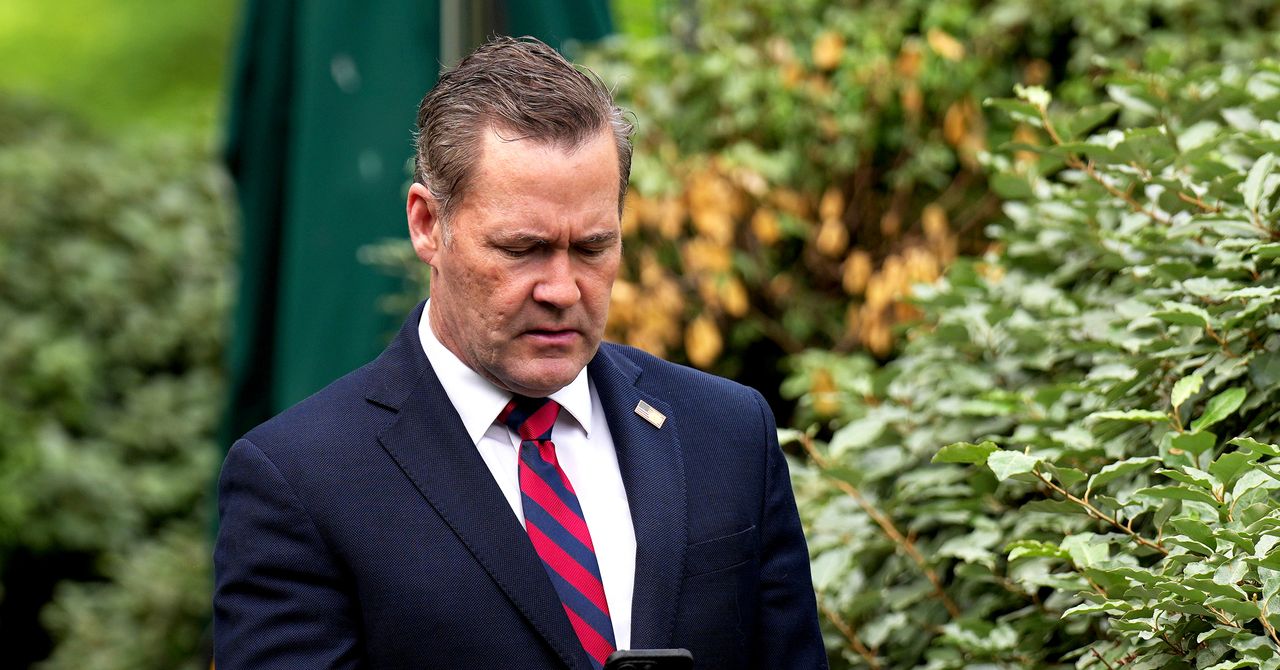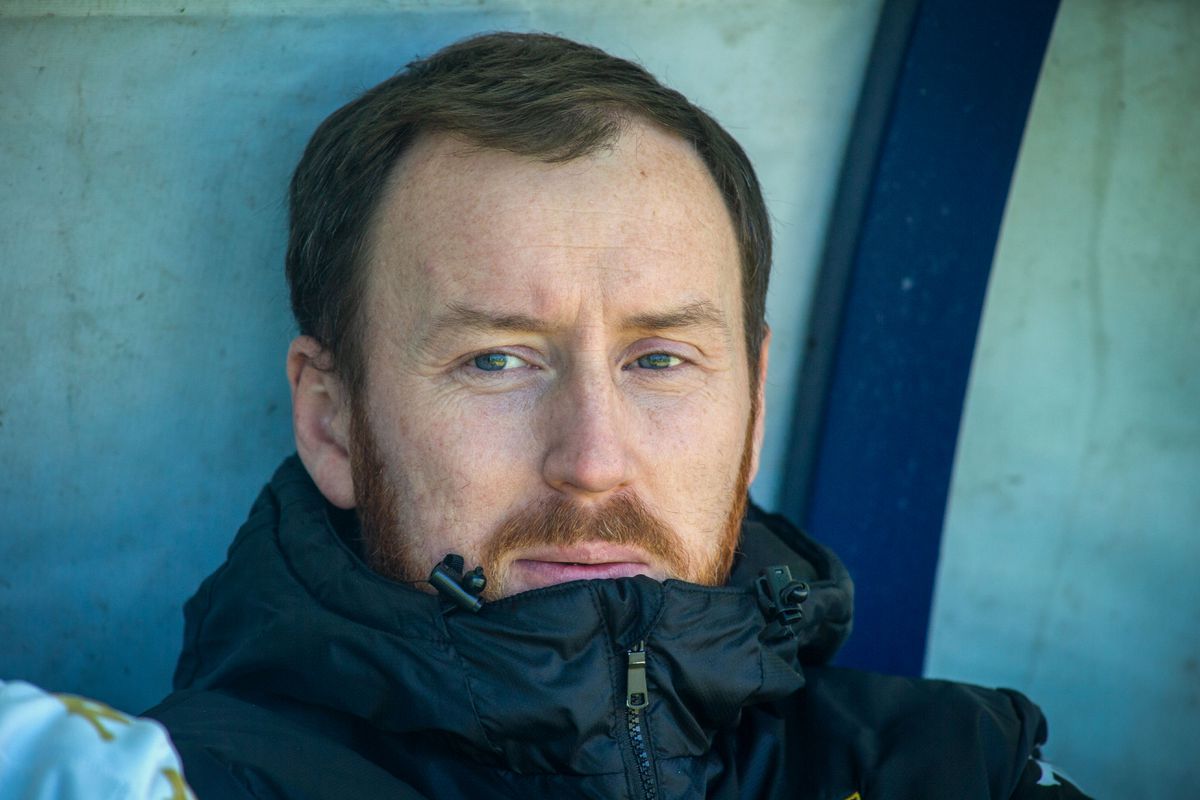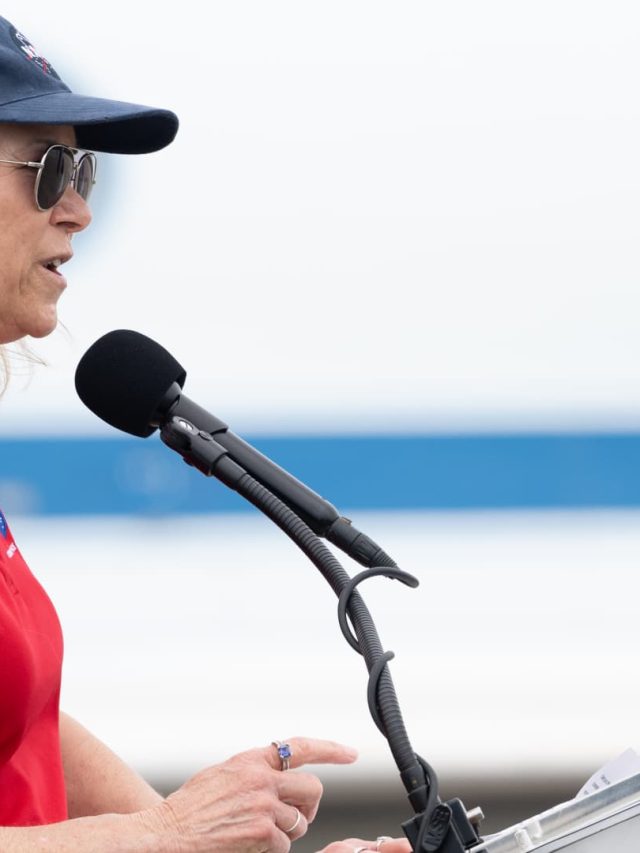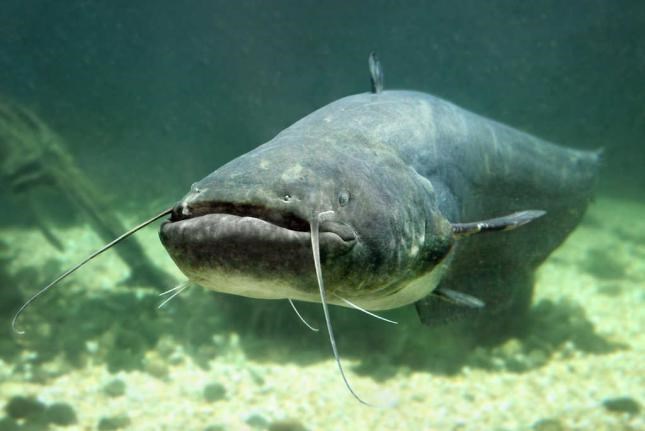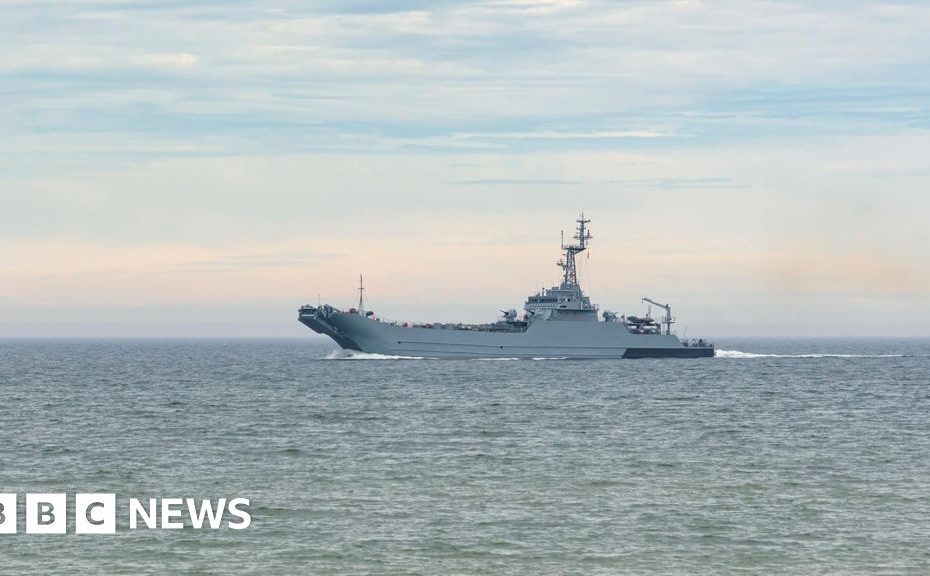NATO launches 'Baltic Sentinel' mission to protect undersea cables
NATO has launched a new mission to step up surveillance of ships in the Baltic Sea after key undersea cables were damaged or severed last year.
NATO Secretary-General Mark Rutte said the mission, dubbed “Baltic Sentinel,” would involve more patrol aircraft, warships and drones.
He made the announcement at a summit in Helsinki attended by all NATO countries along the Baltic Sea – Finland, Estonia, Denmark, Germany, Latvia, Lithuania, Poland and Sweden.
While Russia was not directly named as the culprit for the cable damage, Rutte said NATO would step up monitoring of Moscow's “shadow fleet” of ships with no clear ownership and used to transport embargoed petroleum products.
Since Russia’s full-scale invasion of Ukraine in February 2022, tensions between NATO countries and Russia have continued to increase.
Rutte said there were “reasons to be seriously concerned about the damage to infrastructure.” He added that NATO would respond vigorously to such incidents, boarding more suspicious vessels and seizing them if necessary.
He declined to give further details on the number of assets that would participate in the Baltic Sentinel program because he said this could change periodically and he did not want to make “the enemy smarter than he or she already is.”
Subsea infrastructure is crucial not only for electricity supply, but also because more than 95% of internet traffic is secured via undersea cables, Rutte said, adding that “1.3 million kilometers (800,000 miles) of cables secure approximately $10 trillion in financial services transacted every day.”
He said in a post on X that NATO would “do whatever it takes to ensure the security of our critical infrastructure and everything we hold dear.”
Unexplained damage to undersea infrastructure in the Baltic Sea has increased in recent months.
Recent subsea infrastructure incidents Cable between Finland and Estonia cut Late December.
Finnish Coast Guard crew members boarded the Cook Islands-flagged tanker Eagle S and sailed it into Finnish waters, while Estonia deployed a patrol vessel to protect its undersea cables.
Risto Lohi of Finland's National Investigation Agency told Reuters on Monday that Eagle S threatened to cut a second cable and gas pipeline between Finland and Estonia when it was seized.
Estonia's Foreign Minister Margus Tsahkna said in December that submarine infrastructure was damaged “so frequently” that there was uncertainty over whether the damage was considered “accidental” or “just a casualty.” Poor seamanship” has cast doubt on his claim.
Chakna stopped short of directly blaming Russia. Neither did Swedish Prime Minister Ulf Kristersson, who said on Sunday that while Sweden was not jumping to conclusions or “accusing anyone of sabotage without good reason,” It’s also “not naive.”
“The security situation and the fact that strange incidents occur again and again in the Baltic Sea also lead us to believe that hostile intentions cannot be ruled out.”
“There is little evidence that a ship could accidentally do something unnoticed … without understanding that it could cause damage,” he said.
